A brief overview of each chapter can be found on this page. Click through to read more details!
Chapter 1: An invitation to play
- Our introductions as teachers and researchers
- On the “Goldilocks tone” (between academic and informal)
- Chapter outlines
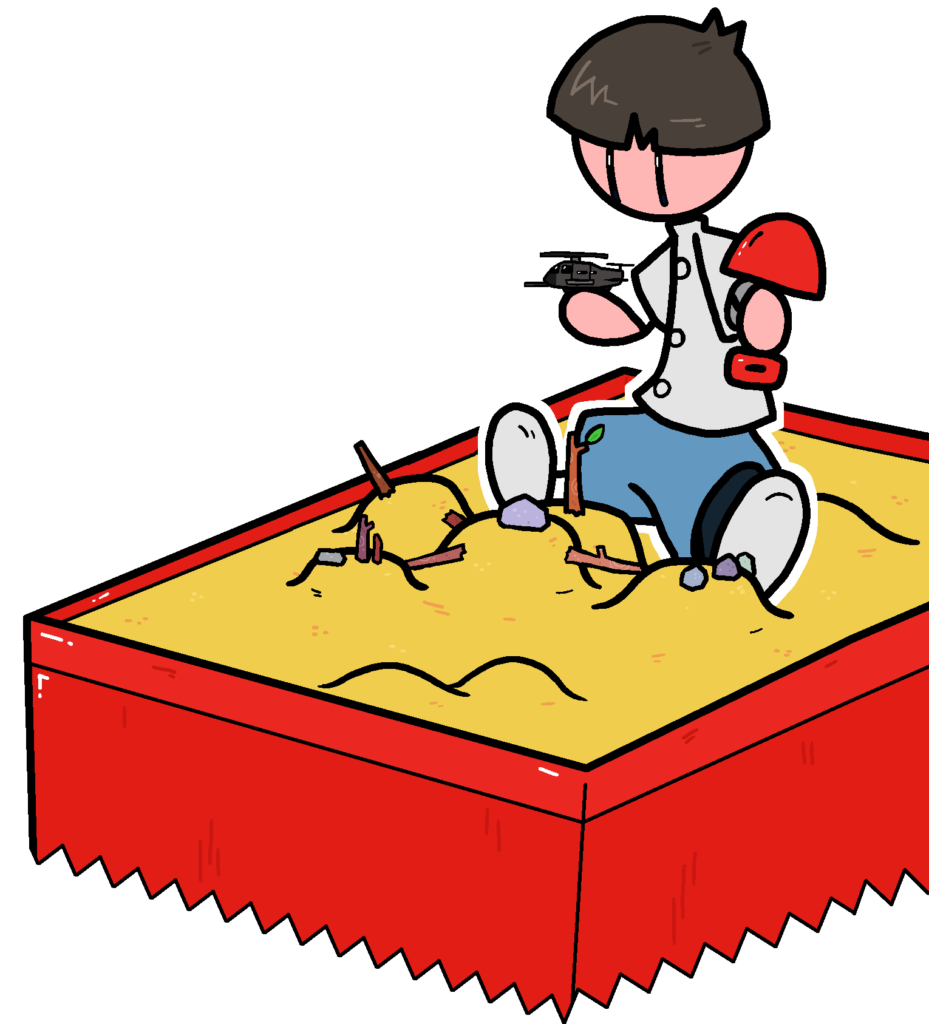
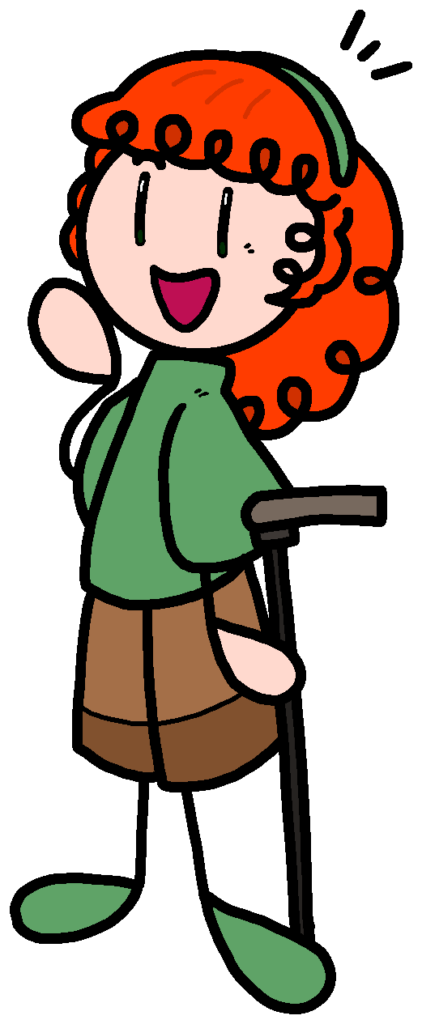
Chapter 2: Constraints and play in Education
- On finding the “freedom to play”
- Why play?
- STEP 1: Know your constraints
- STEP 2: Understand the “ways to play”
- STEP 3: Build your playground(s)
- STEP 4: Let students play
- STEP 5: Share your playgrounds
Chapter 3: What is ludic language pedagogy?
- The Ludic
- The Language
- The Pedagogy
- Diversify more → Be more inclusive → Matter more
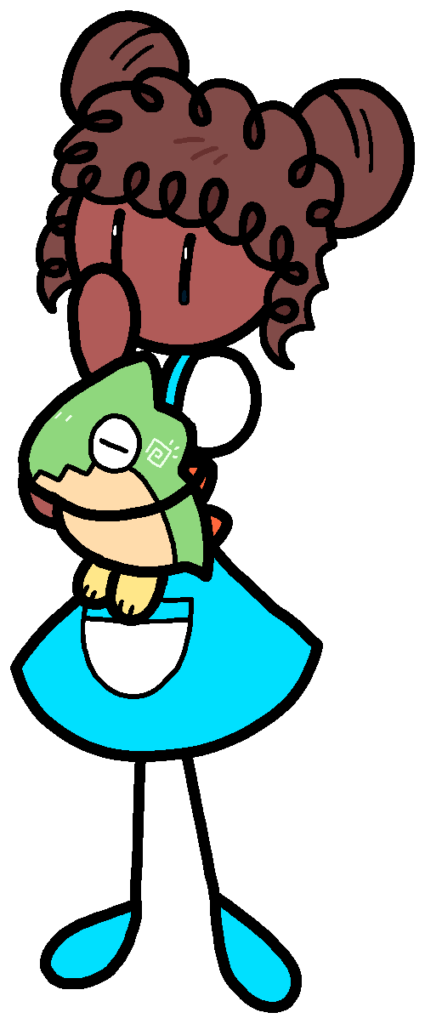
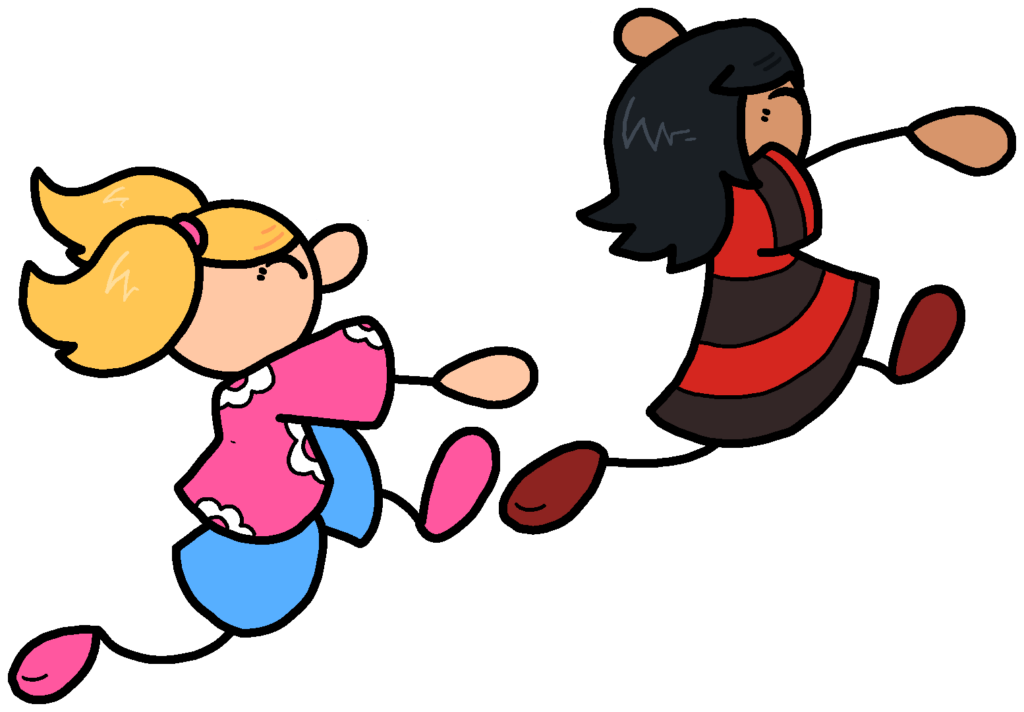
Chapter 4: Improve your ludic literacy
- Ludic objects vs the ludic in you
- Play with ludic objects
- Learn about what you did
- Apply it in your own context
- Yearn for more yeeted objects and practices!
Chapter 5: Improve your language literacy
- What is “literacy?”
- Traditionally “to read and write,” but what that does that mean in today’s multimodal world?
- Can we read tweets, blog posts, memes, YouTube videos?
- Play with language
- Words in rules –> Words in the object
- Words while playing games –> Words in the classroom
- Words in the world –> Words in the world
- Learn about what you did
- Apply it in your own context
- Yearn for more yeeted literacy and language ideas!
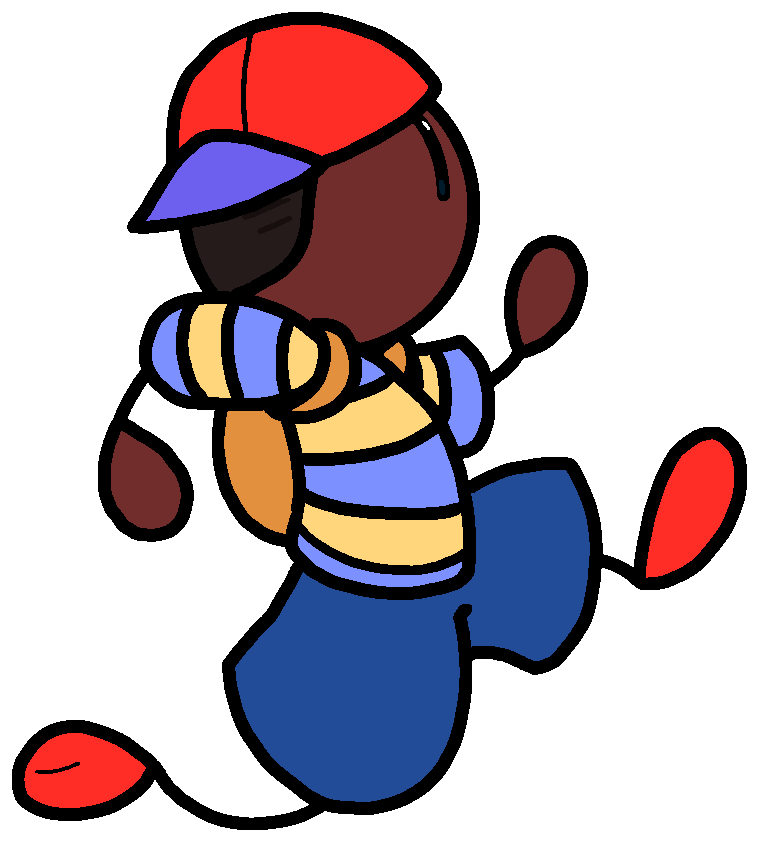

Chapter 6: Improve your pedagogical literacy
- What is “pedagogy?”
- How do we teach? How can we teach differently?
- Play with pedagogy
- Experience the same activity from three different, progressively more rigorous pedagogical perspectives.
- Learn about what you did
- Apply it in your own context
- Yearn for more yeeted pedagogical ideas!
Chapter 7: Create your ludic language pedagogy
- This is our shortest chapter
- It’s up to you to put all your know L L P knowledge to the test in the creation of a lesson, curriculum, or syllabus.
- BUT DON’T WORRY, we’re just a Discord message or email away. Reach out to us at any time.
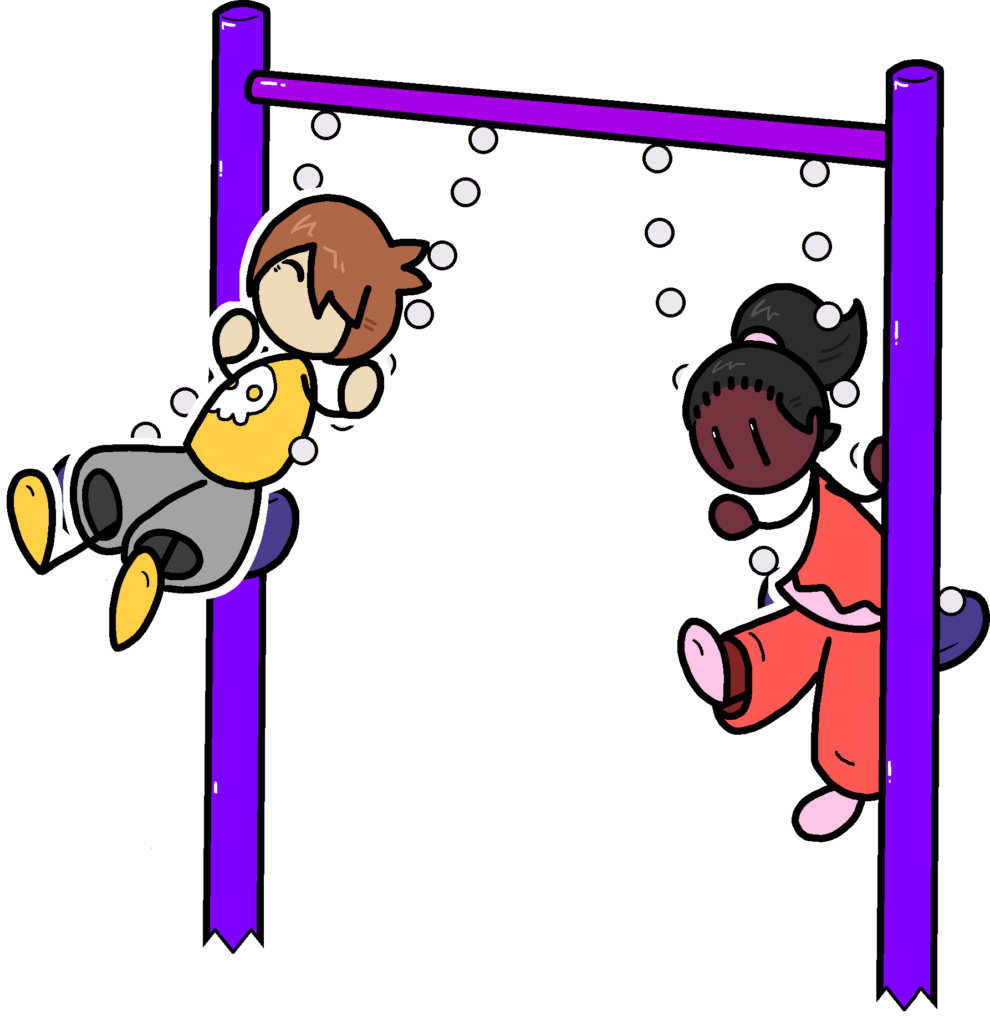
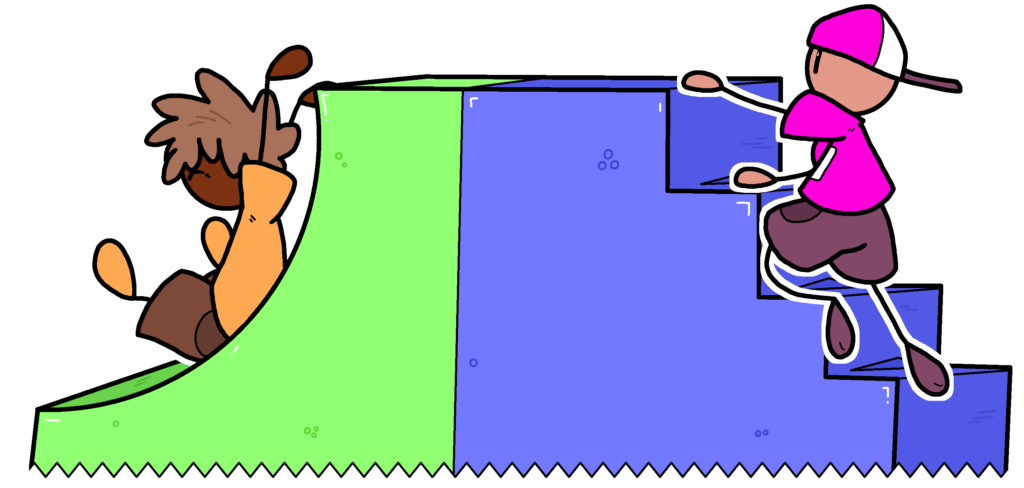
Chapter 8: Assess and share your ludic language pedagogy
- How do you know if your teaching “works?”
- What “thermometers” can you use to test student learning?
- Where to publish your work? And why should you?